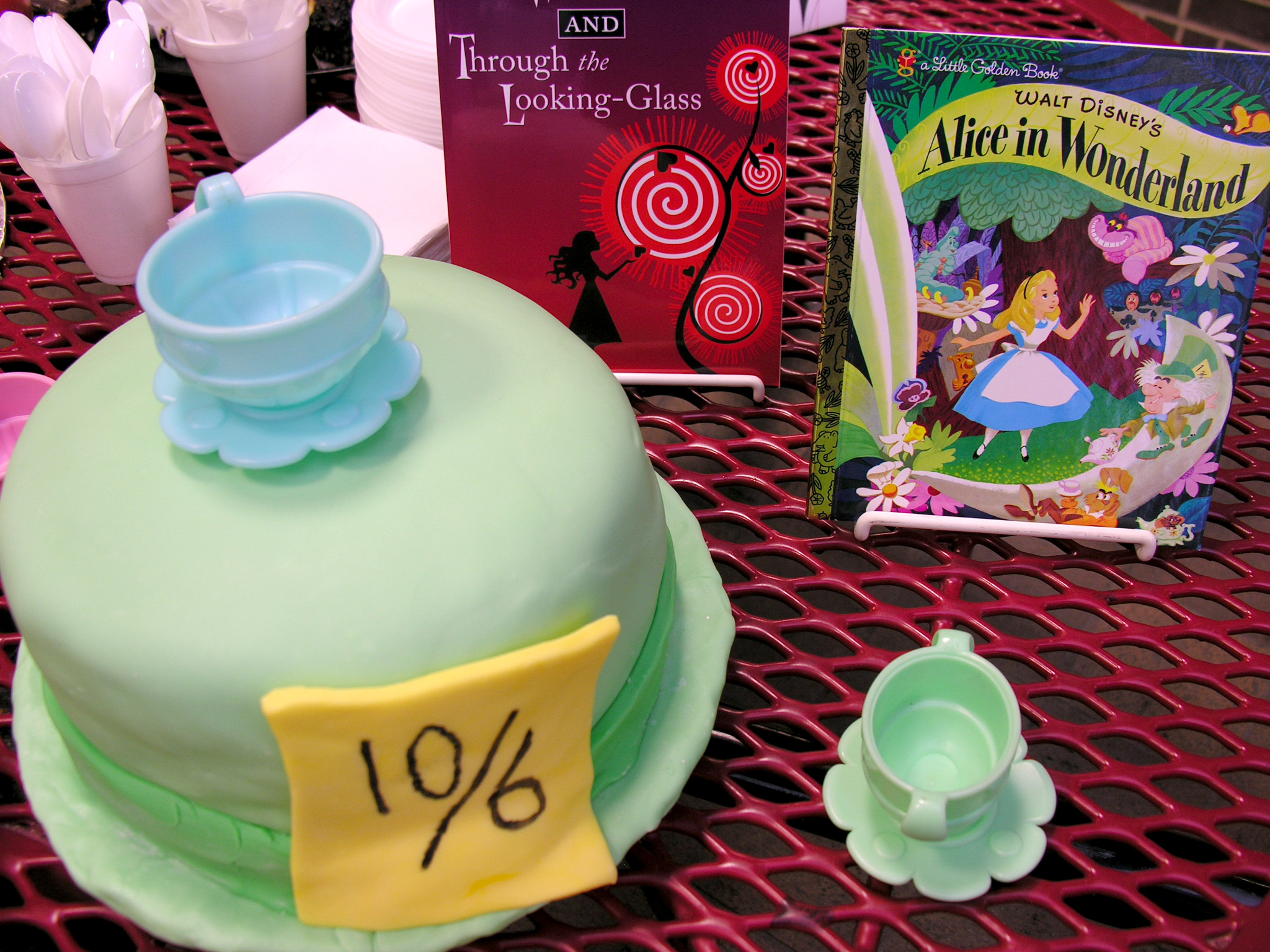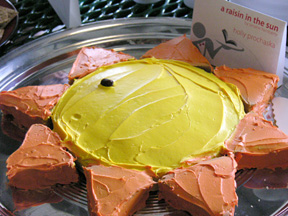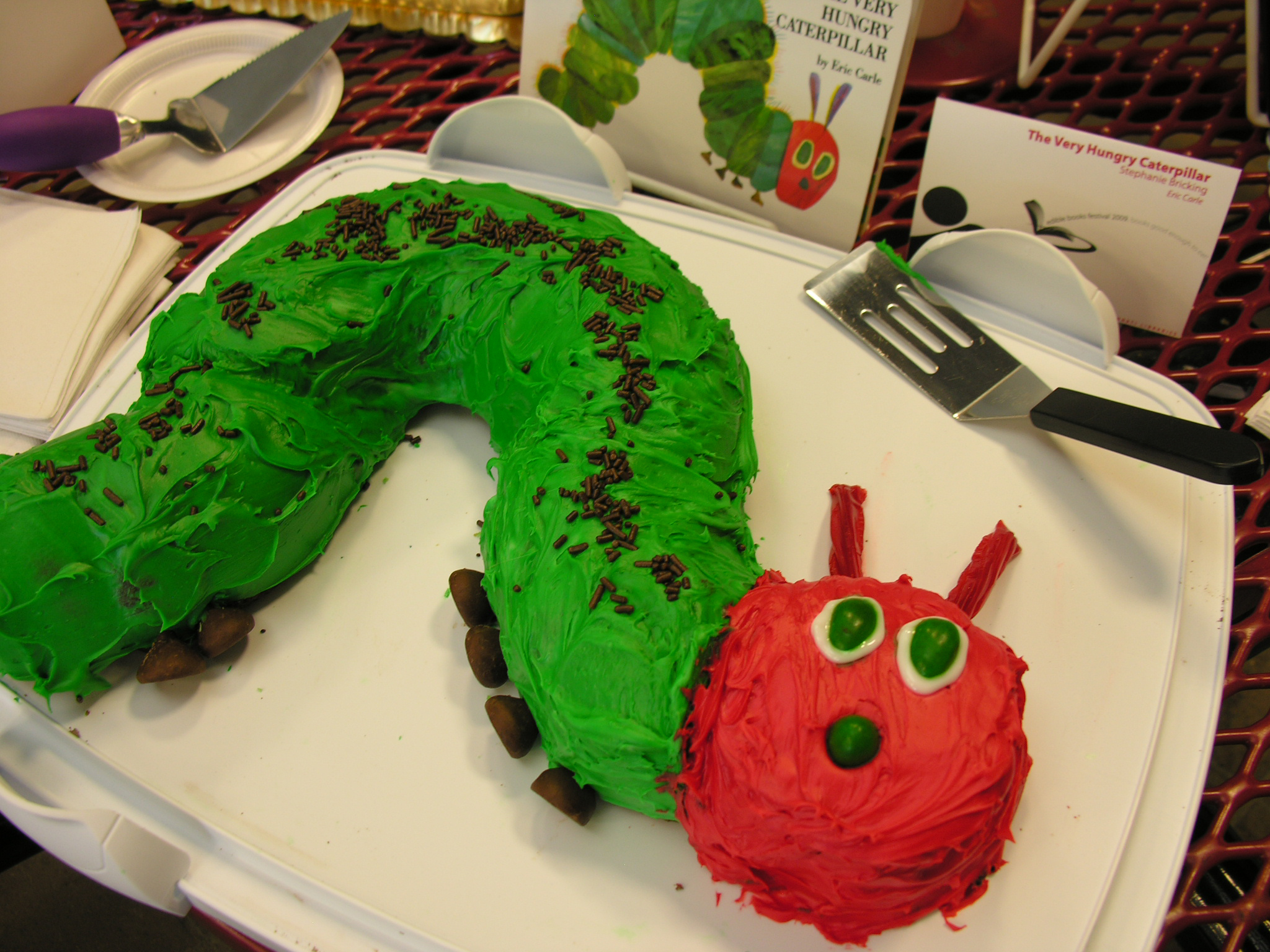 April 1 marked the 9th annual UC Libraries celebration of the International Edible Books Festival. Over 20 participants created edible creations such as: Animal Farm, Where is the Green Sheep?, In Cold Blood, If You Give a Cat a Cupcake, Caps for Sales, and Toxic Torts amoung other literary greats.
April 1 marked the 9th annual UC Libraries celebration of the International Edible Books Festival. Over 20 participants created edible creations such as: Animal Farm, Where is the Green Sheep?, In Cold Blood, If You Give a Cat a Cupcake, Caps for Sales, and Toxic Torts amoung other literary greats.
View images of some of the creations.


 For the 9th consecutive year, the University of Cincinnati Libraries will celebrate the International Edible Books Festival with an event scheduled for
For the 9th consecutive year, the University of Cincinnati Libraries will celebrate the International Edible Books Festival with an event scheduled for  Looking for a place to study during exams? Langsam Library begins
Looking for a place to study during exams? Langsam Library begins 
